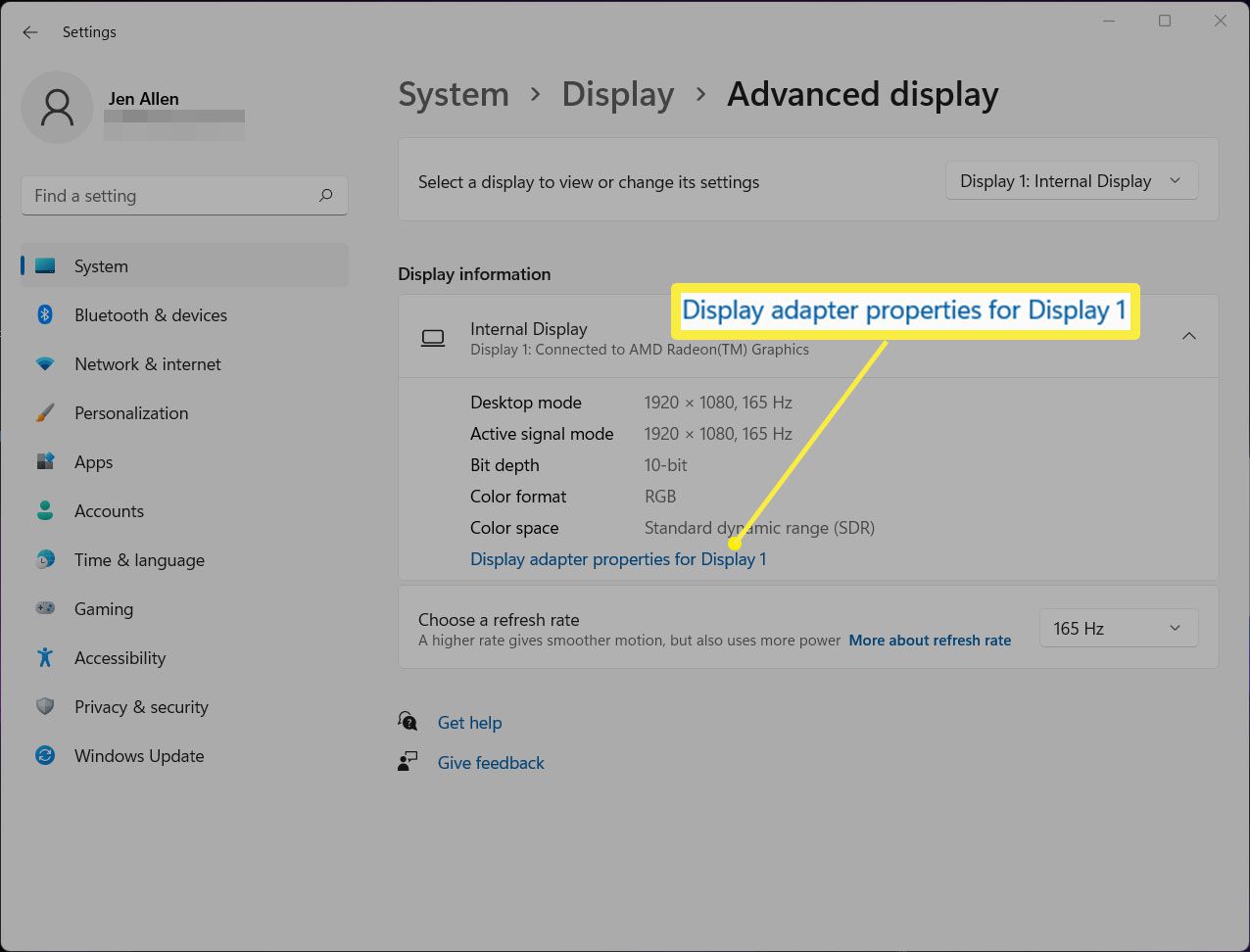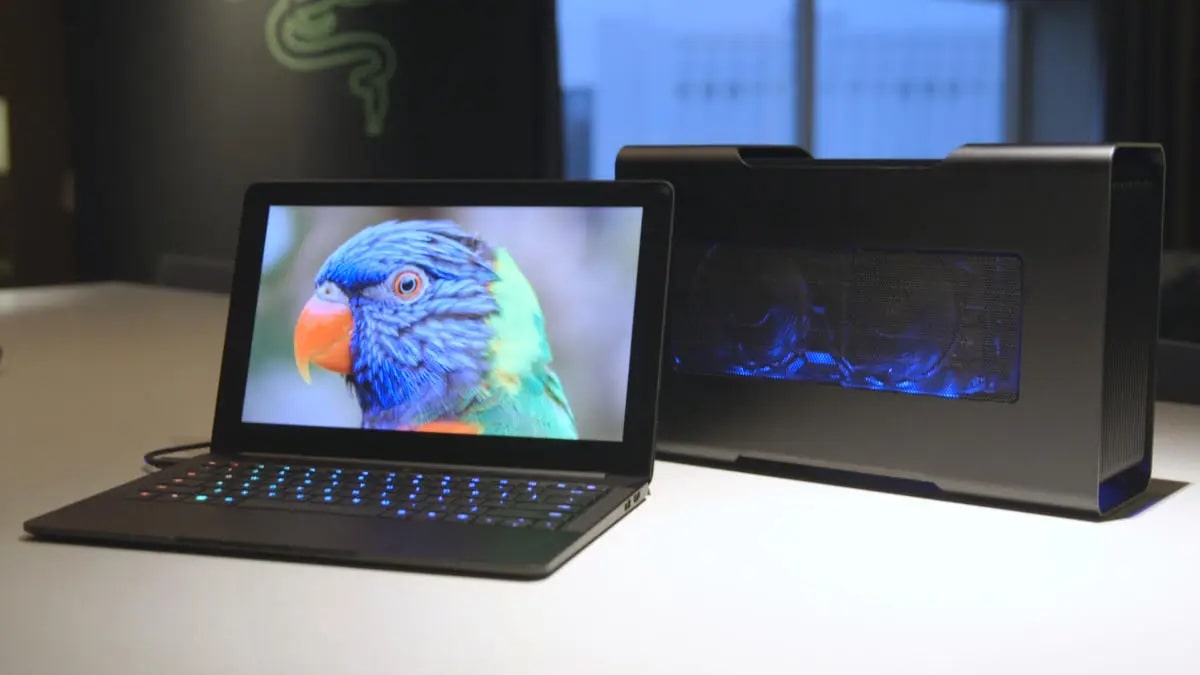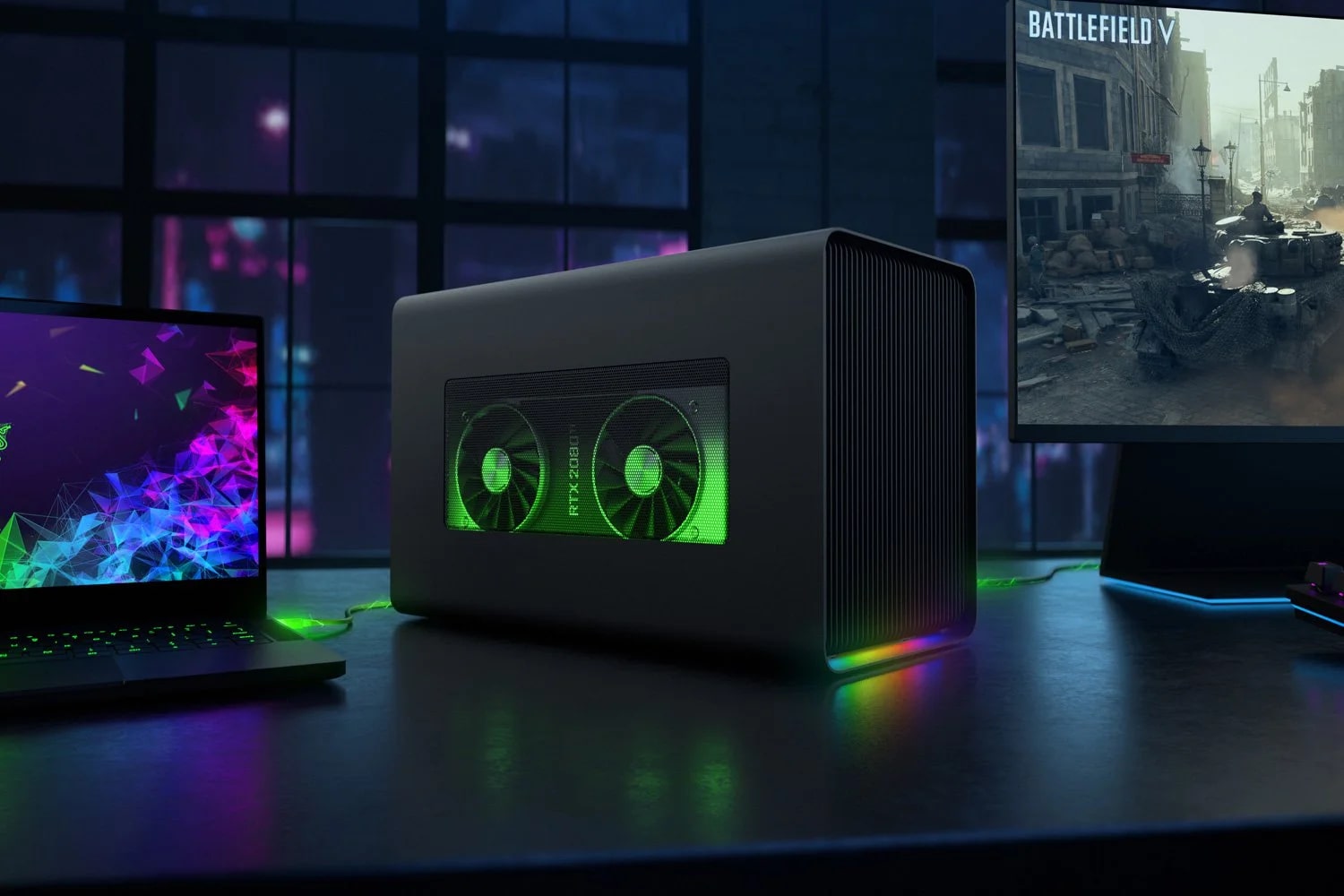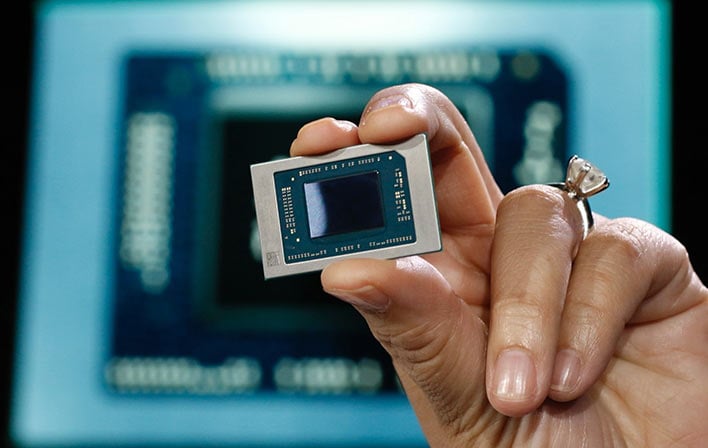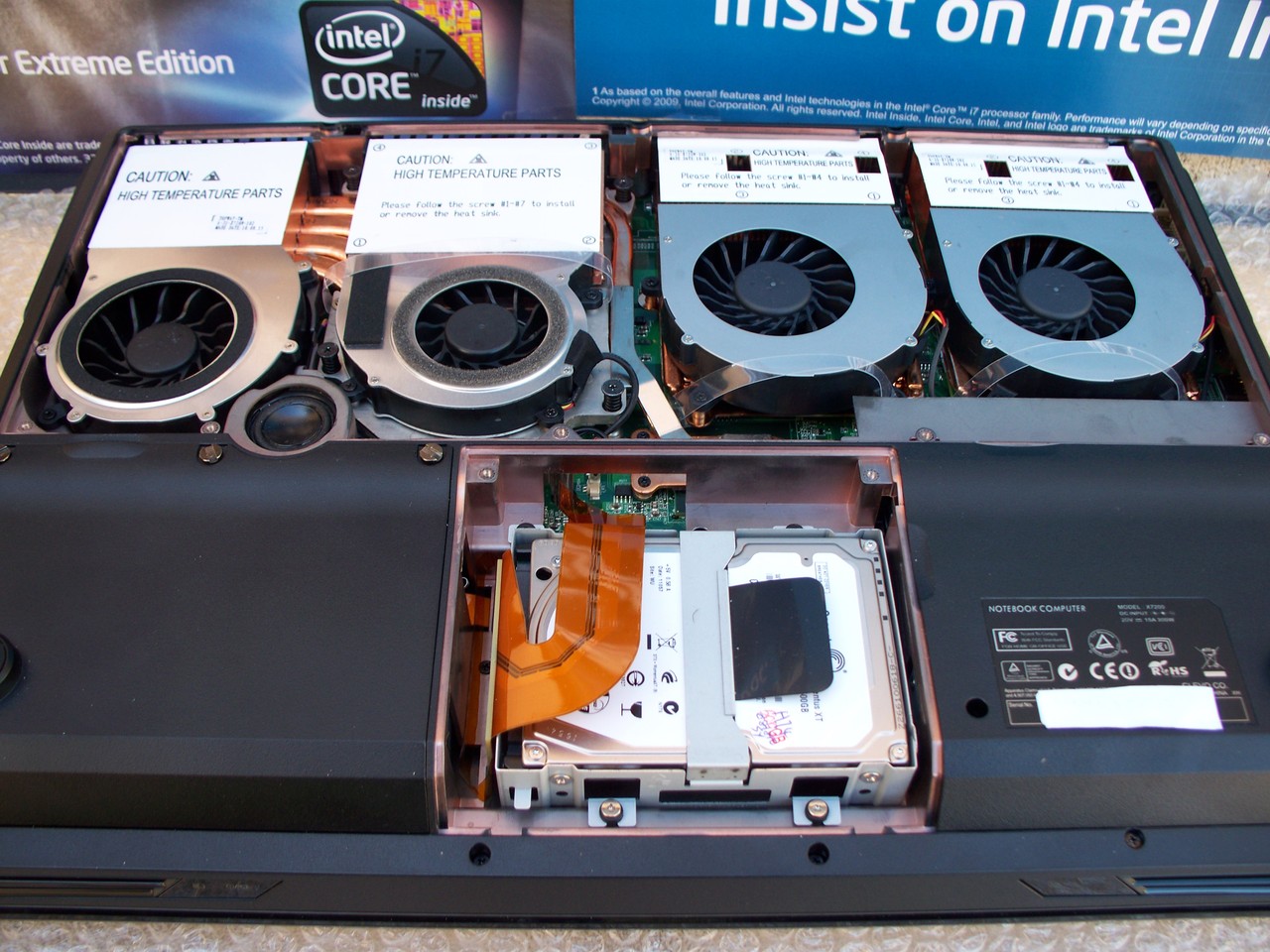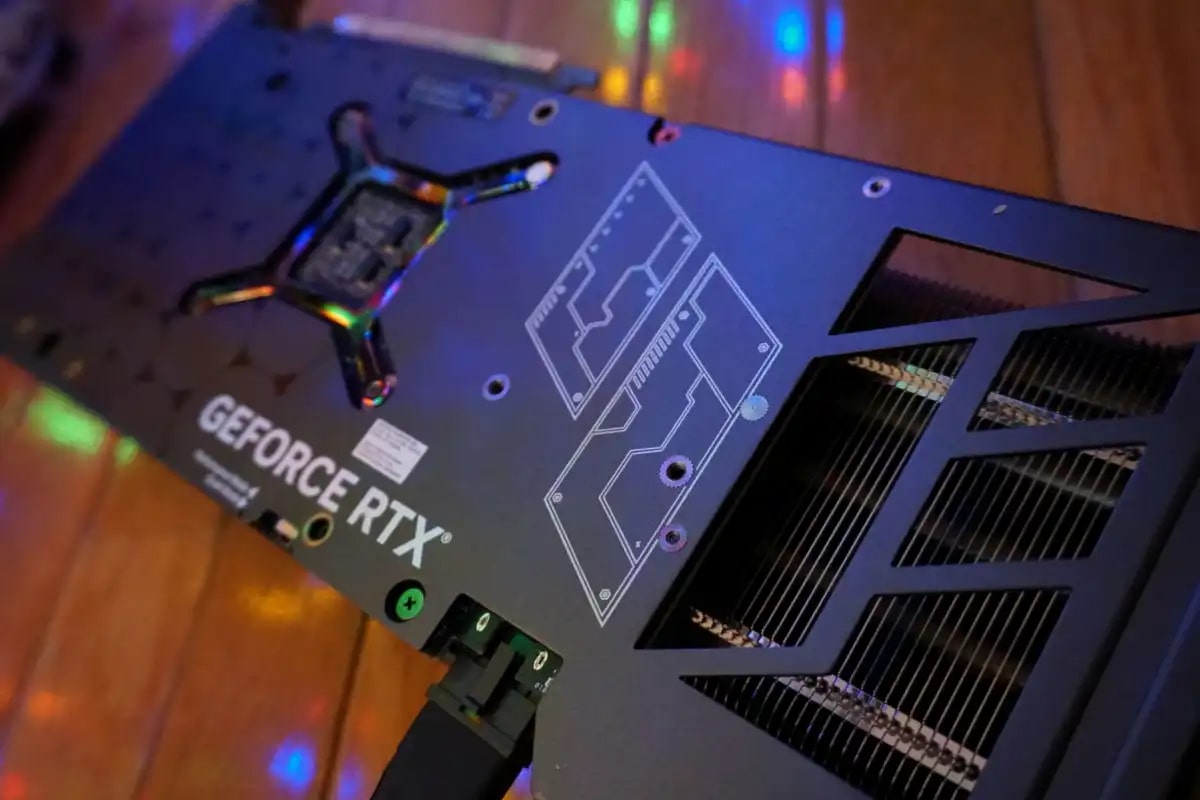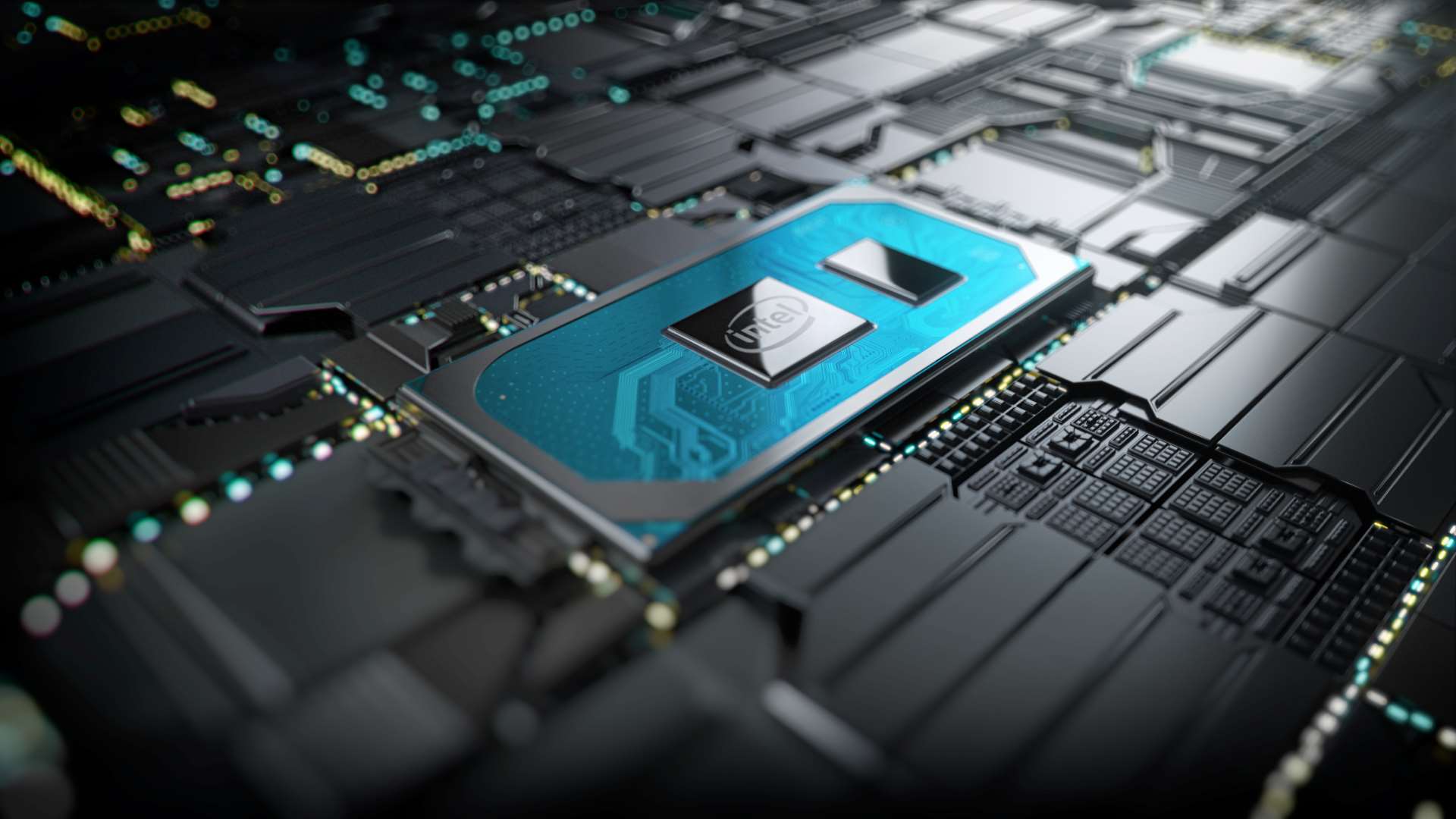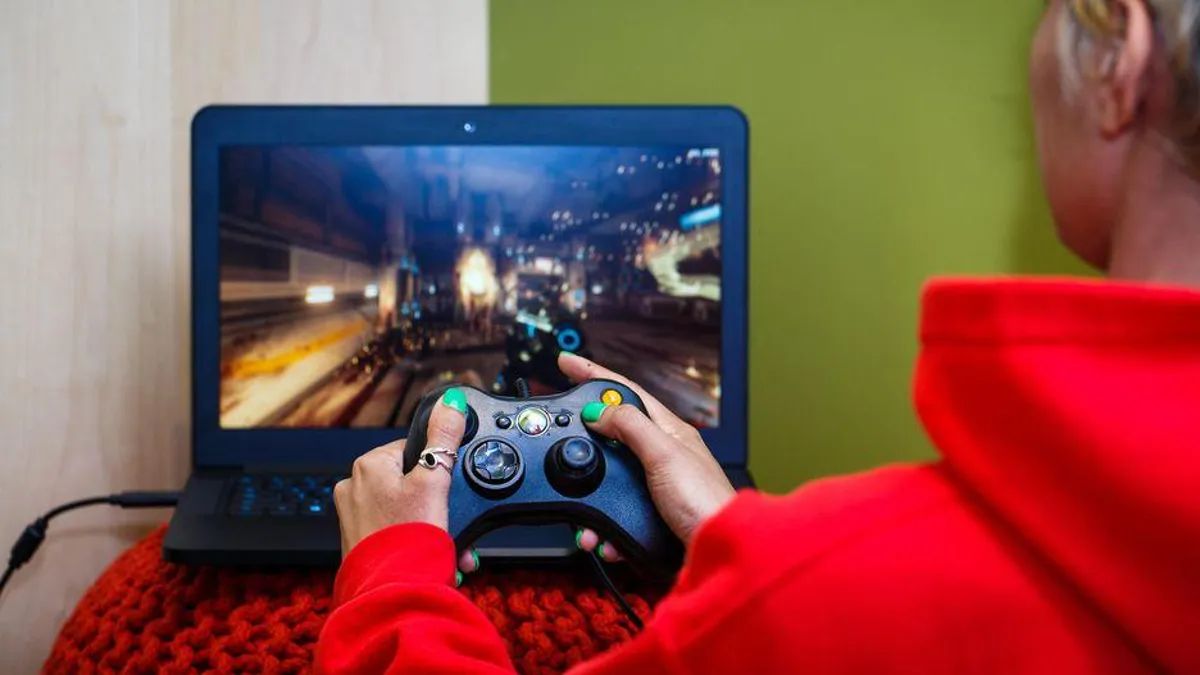Introduction
When it comes to computing power, the graphics card (GPU) plays a crucial role in handling graphic-intensive tasks such as gaming, video editing, and 3D rendering. While many laptops come with integrated graphics, some higher-end models are equipped with a dedicated graphics card to deliver enhanced performance and visual quality.
Knowing whether your laptop is using a graphics card or relying solely on integrated graphics can be important for various reasons. It can help you understand the capabilities of your system, ensure optimal performance for resource-demanding tasks, and troubleshoot any potential issues related to graphics performance.
In this article, we will explore several methods to determine if your laptop is using a graphics card. By following these steps, you will be able to gain insights into your system’s graphical capabilities and make necessary adjustments to maximize performance.
Please note that the methods mentioned in this article are general guidelines and may vary slightly depending on your laptop’s brand and model. It is always a good idea to refer to the manufacturer’s documentation or support resources specific to your laptop for more precise instructions.
Now, let’s dive into the various methods you can use to determine if your laptop is utilizing a graphics card.
Checking the System Information
One of the simplest ways to determine if your laptop is using a graphics card is by checking the system information. Operating systems like Windows provide built-in tools that can display detailed hardware information.
In Windows, you can access the system information by following these steps:
- Press the Windows key + R on your keyboard to open the Run dialog box.
- Type “msinfo32” without the quotes and click OK.
- A window will open displaying the System Information for your laptop.
In the System Information window, you can look for the Display or Graphics section. Here, you will find information about your graphics card, including the make and model. If the information is present, it indicates that your laptop is indeed using a dedicated graphics card.
If you see details about an integrated graphics solution instead, it means that your laptop relies on the integrated graphics processor of the CPU and does not have a separate graphics card.
It’s important to note that not all laptops will display the graphics card information in the System Information window. If you don’t find this information, don’t worry. There are other methods we will explore next to determine if your laptop is utilizing a graphics card.
Monitoring the GPU Usage
Another way to determine if your laptop is using a graphics card is by monitoring the GPU usage. This method allows you to observe the activity of your graphics card in real-time, providing insights into its utilization.
There are various software applications available that can help you monitor GPU usage. One popular option is MSI Afterburner, which not only allows you to monitor the GPU usage but also provides additional features such as overclocking and fan control.
Here’s how you can monitor GPU usage using MSI Afterburner:
- Download and install MSI Afterburner from the official website.
- Launch MSI Afterburner and go to the settings by clicking on the gear icon.
- In the settings window, navigate to the “Monitoring” tab.
- Under “Active hardware monitoring graphs,” check the box next to “GPU Usage.”
- Click “OK” to save the settings and close the window.
- Now, you should see a small overlay on your screen displaying the GPU usage percentage.
While using your laptop for various tasks such as gaming or video editing, keep an eye on the GPU usage overlay. If you notice high GPU usage during graphics-intensive activities, it’s a clear indication that your laptop is utilizing a dedicated graphics card.
It’s worth mentioning that the exact steps to monitor GPU usage may vary depending on the software you choose, but the overall process is similar. Make sure to explore different monitoring software options to find the one that suits your preferences and provides the necessary information about your laptop’s graphics card usage.
Identifying the GPU in Task Manager
If you’re using a Windows laptop, another method to identify if your laptop is using a graphics card is by checking the Task Manager. The Task Manager provides valuable information about the processes and performance of your system, including details about the GPU.
To identify the GPU in Task Manager, follow these steps:
- Right-click on the taskbar and select “Task Manager” from the context menu. Alternatively, you can use the shortcut “Ctrl+Shift+Esc” to open Task Manager directly.
- In the Task Manager window, click on the “Performance” tab.
- In the left-hand sidebar, click on “GPU” to view the GPU performance and utilization.
- Under “GPU,” you will see information about the graphics card, such as the name and current utilization.
If you see the GPU information displayed in Task Manager, it indicates that your laptop is utilizing a dedicated graphics card. You can observe the GPU utilization in real-time while performing graphic-intensive tasks.
However, please note that the level of detail provided in Task Manager may vary depending on your specific laptop and graphics card. In some cases, you may only see generic information such as “GPU 0” or “GPU 1” without additional details.
In such instances, it can be helpful to cross-reference the GPU information with other methods mentioned in this article to get a more comprehensive understanding of your laptop’s graphics capabilities.
Now that you know how to identify the GPU in Task Manager, let’s explore other methods to determine if your laptop is using a graphics card.
Running GPU-Z
GPU-Z is a powerful and widely-used software tool that provides detailed information about your graphics card. It displays various parameters such as GPU temperature, memory usage, clock speeds, and more.
To determine if your laptop is using a graphics card using GPU-Z, follow these steps:
- Download GPU-Z from the official website and install it on your laptop.
- Launch GPU-Z by double-clicking on the desktop shortcut or through the Start menu.
- Once GPU-Z is open, it will automatically detect and display information about your graphics card.
- Look for the “Name” field, which specifies the model and make of your graphics card.
If GPU-Z provides detailed information about your graphics card, it indicates that your laptop is equipped with a dedicated graphics card. The software will display the specific model and manufacturer, allowing you to confirm its utilization.
However, if GPU-Z does not detect a dedicated graphics card and displays information related to integrated graphics, it means that your laptop is using the integrated graphics processor of the CPU. In such cases, your laptop does not have a separate graphics card.
Keep in mind that GPU-Z is just one of many software tools available to identify graphics cards. If you encounter any issues with GPU-Z or prefer an alternative software option, consider exploring other GPU monitoring tools to gain insights into your laptop’s graphics configuration.
Now that you know how to use GPU-Z, let’s explore more methods to determine if your laptop is utilizing a graphics card.
Using Device Manager
Device Manager is a built-in Windows tool that allows you to view and manage the hardware devices connected to your laptop. It provides a comprehensive list of devices, including your graphics card, and can help you determine if your laptop is using a dedicated graphics card.
To access Device Manager and identify the graphics card, follow these steps:
- Right-click on the Start button and select Device Manager from the context menu. Alternatively, you can press the Windows key + X and choose Device Manager from the list.
- In the Device Manager window, expand the Display adapters category.
- Here, you should see the graphics card listed. It will typically display the make and model of the graphics card.
- If you see the name of a dedicated graphics card such as “NVIDIA” or “AMD,” it indicates that your laptop is indeed using a separate graphics card.
- However, if you see only integrated graphics options such as “Intel HD Graphics” or “Intel UHD Graphics,” it means that your laptop relies on the integrated graphics processor of the CPU.
The Device Manager provides a quick and easy way to determine if your laptop is using a dedicated graphics card. By examining the Display adapters category, you can confirm the presence or absence of a separate graphics card.
It’s worth noting that the names displayed in Device Manager might not always be the exact model names of the graphics cards. However, they can give you a general idea of whether your laptop is equipped with a dedicated graphics card or relying on integrated graphics.
Now that you’re familiar with using Device Manager, let’s explore more methods to determine if your laptop is using a graphics card.
Checking the BIOS Settings
The Basic Input/Output System (BIOS) is responsible for managing and initializing hardware components when your laptop starts up. Checking the BIOS settings can provide valuable information about the presence of a graphics card and whether it is being utilized by your laptop.
Please note that accessing and modifying the BIOS settings can vary depending on your laptop’s manufacturer and model. It’s important to consult your laptop’s documentation or manufacturer’s website for specific instructions. Here are the general steps to check the BIOS settings:
- Restart your laptop and repeatedly press a specific key or combination of keys, such as F2, F10, or Del, to enter the BIOS setup. The key to access the BIOS setup is usually mentioned on the manufacturer’s splash screen during boot-up.
- Navigate through the BIOS menus using the arrow keys on your keyboard.
- Look for a section related to graphics or display settings. The label may vary depending on your laptop’s BIOS.
- Within this section, you may find options to enable or disable the dedicated graphics card.
- If you can locate such an option and it is already enabled, it confirms that your laptop is using a dedicated graphics card. On the other hand, if the option is disabled or not present, it indicates that your laptop is relying on integrated graphics.
- Make any necessary changes to the BIOS settings, if desired, and save the changes before exiting the BIOS setup.
Keep in mind that modifying the BIOS settings can have significant impacts on your system’s stability, so exercise caution and only make changes if you are confident about the alterations you’re making. If you’re unsure or uncomfortable with accessing the BIOS, it’s recommended to seek assistance from a knowledgeable professional.
By checking the BIOS settings, you can gain insights into whether your laptop is using a graphics card and if it is enabled. However, if you are unable to find specific graphics-related settings in the BIOS, don’t worry. There are other methods we will explore next to determine if your laptop is utilizing a graphics card.
Running Benchmark Software
Benchmark software is specifically designed to assess the performance of various hardware components in your laptop, including the graphics card. By running benchmark tests, you can determine the capabilities and utilization of your graphics card.
There are numerous benchmark software programs available, such as 3DMark, Unigine Heaven, and FurMark. These tools put your graphics card through intensive tasks and measure its performance in real-time.
To determine if your laptop is utilizing a graphics card using benchmark software, follow these steps:
- Download and install a reliable benchmark software program on your laptop.
- Launch the benchmark software and select a relevant test or benchmark for the graphics card.
- Allow the benchmark software to run and monitor the performance metrics provided during the benchmarking process.
- Look for details such as average FPS (frames per second), GPU temperature, and utilization.
If the benchmark software displays high FPS, stable performance, and increased GPU utilization during the tests, it indicates that your laptop is utilizing a dedicated graphics card.
On the other hand, if the performance metrics indicate low FPS or show minimal GPU utilization, it suggests that your laptop may not have a separate graphics card and is relying on integrated graphics.
Keep in mind that benchmark software can be demanding on your laptop’s resources, so make sure to monitor your laptop’s temperature and ensure proper cooling during the benchmarking process.
Running benchmark software provides an objective way to assess the performance and utilization of your graphics card. By analyzing the results, you can determine whether your laptop is using a dedicated graphics card or relying on integrated graphics.
Now that you know how to use benchmark software to determine if your laptop is utilizing a graphics card, let’s explore the concluding section for a summary of the methods discussed.
Conclusion
Determining if your laptop is using a graphics card is essential for understanding your system’s capabilities and optimizing its performance. By following the methods discussed in this article, you can confidently identify whether your laptop is utilizing a dedicated graphics card or relying on integrated graphics.
Checking the system information, monitoring GPU usage, identifying the GPU in Task Manager, running GPU-Z, using Device Manager, checking the BIOS settings, and running benchmark software are effective ways to determine if your laptop is using a graphics card.
Remember, the specific steps and details may vary depending on your laptop’s brand, model, and operating system. It’s advisable to refer to your laptop’s documentation or manufacturer’s resources for more precise instructions.
Knowing if your laptop is using a graphics card allows you to make informed decisions regarding resource-intensive tasks such as gaming, video editing, or 3D rendering. It also enables you to troubleshoot any performance issues related to graphics performance and make necessary adjustments.
Whether you discover that your laptop is equipped with a dedicated graphics card or relies on integrated graphics, understanding this information empowers you to optimize your system’s performance and tailor your usage accordingly.
Now that you’re equipped with various methods to determine if your laptop is utilizing a graphics card, you can confidently assess your system’s graphical capabilities and leverage them for an enhanced computing experience.







